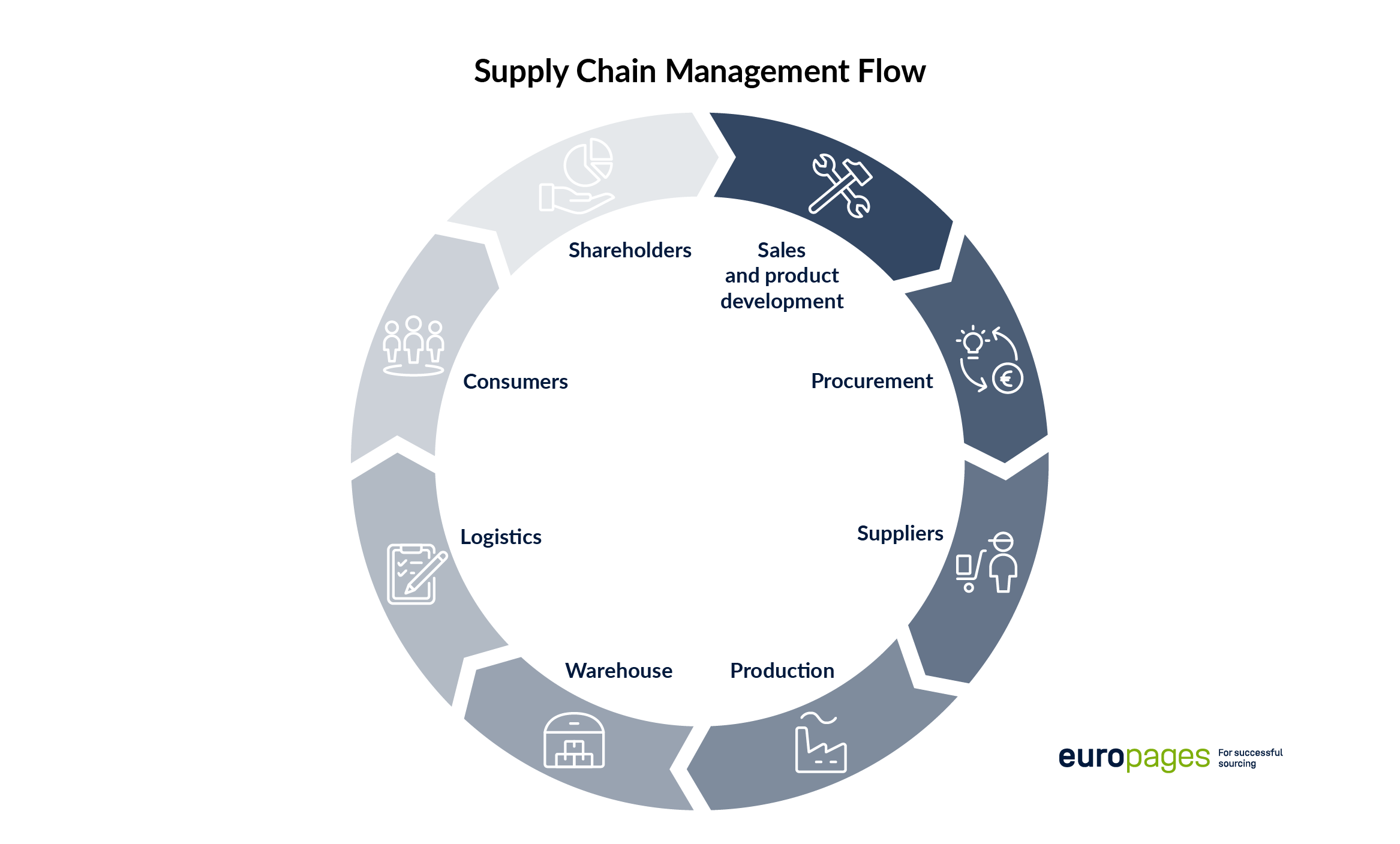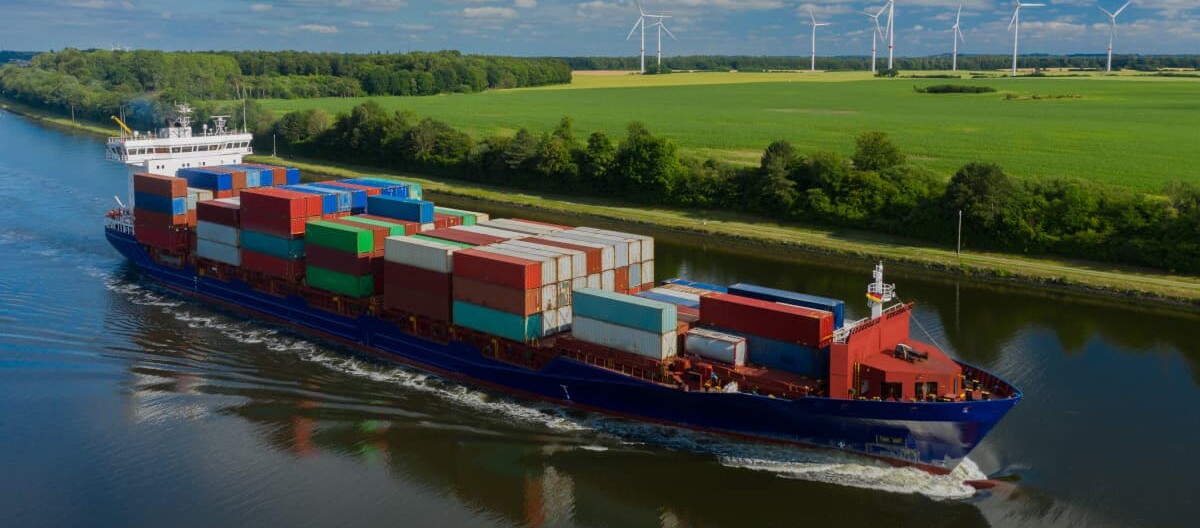Green Logistics: Definition
The German word "Grün", or "green", are the most frequent signal words when sustainable economies are concerned. That is also the case in the field of Logistics. In this industry, the transformation of processes towards greater environmental compatibility and a reduction in the use of raw materials is termed "Green Logistics". What is meant by that is a method of working that is aimed, for example, at reducing the contamination of soil, the emergence of exhaust gases or the consumption of water. This should, if possible, be implemented along the entire value creation chain.
It is not only ecological ideals that are behind that, but also economic constraints. In response to the increasing global warming, and the associated climate change, politics and society are, in many spheres of life, placing an ever greater value on sustainability. That also includes logistics, where the topic is meanwhile a major competitive factor. Apart from that, stricter laws and requirements compel increased ecological conduct.

Challenges of the transformation
However, many companies are now making steady progress with the route towards Green Logistics. That is due to one or two typical circumstances.
- The processes of the industry are characterized by numerous stakeholders, with differing needs and requirements. That makes transformation a very complex, strategic task. As a result, some businesses are overwhelmed, both organizationally and financially.
- Fossil fuels continue to play a major role, in particular in the field of transport, as environmentally-friendly alternatives do not yet exist for all purposes.
- The online shipping boom, and the frequently associated promise of delivering goods within the shortest possible time, often leads to poorly utilized shipments, or even to empty runs.
In addition, there is the fact that the work of logistics is overlooked by the public. Sustainable action is hardly noticed or acknowledged by the end users. That makes it even more important to convince B2B customers of their own success with Green Logistics.
Present your company on our platform!
The advantages:
- International audience and visibility
- Set-up in 5 minutes
- Numerous options and services through individual content
Implementation options
Progress can be achieved in different areas. Below are some examples:
- Procurement: Here you can already set the course, by the purchaser paying attention to sustainable raw material and product properties.
- Warehousing and warehouse management: An intelligent, digitally established organization can help to make optmum use of capacities (purchase orders, staff, space, energy consumption, waste).
- Transport management: Via software-aided route planning, detours, consumption and time can be saved, and it can simultaneously be ensured that individual shipments have an optimum load.
- Electric vehicles: The switch to a battery-operated fleet reduces exhaust gas emissions considerably. In particular if the energy originates from climatically-neutral sources.
- Solar and wind energy: Some of the electricity and the heat that needs to be generated can often be generated on the company's own premises.
A state subsidy can be applied for, for many projects. A significant contact is the German Reconstruction Bank (KfW). In addition, a number of federal states offer funding options.
Green Logistics brings a competitive advantage.
The change is neither easy nor cheap. Yet it pays for itself over the long run because Green Logistics saves money after the initial start up funding. The reason: If it is consistently implemented, it leads, among other things, to less energy and packaging material being consumed. Moreover, due to optimized and automated processes, staff may, for example, be deployed more efficiently, or the travel expenses reduced.
Somewhat indirect, but nevertheless assisting in promoting sales, the image boost has an effect, through environmentally oriented management. This is a competitive advantage that shouldn't be underestimated.
Three success stories for Green Logistics.
Three specific examples show how Green Logistics can look in practice.
- DHL bets on its own growth with its many trucks. The firm, under the name StreetScooter, has even built battery operated cars. An estimated 12,000 e-bikes and e-trikes round off "the largest electric fleet in Germany."
- Hamburg Airport as well as the Heide refinery and the Lufthansa are increasingly using the synthetic fuel "KEROSyN100" on the ground and in the air.
- Jungheinrich, a manufacturer of floor conveyors, observes a positive ecological balance from the start to the end of production. Within ten years, the TÜV-certified project led to a 24 percent reduction in CO2 emissions.


